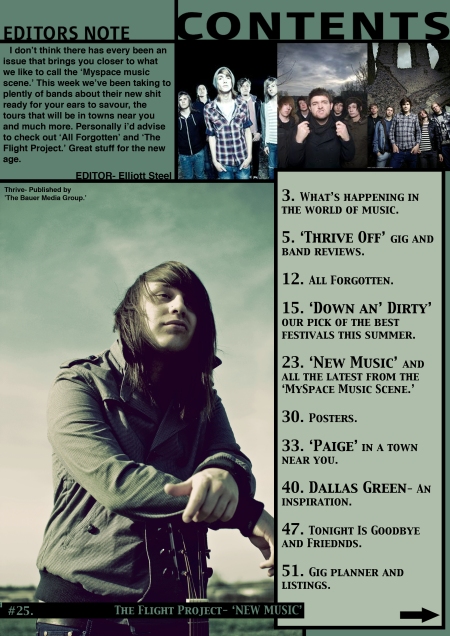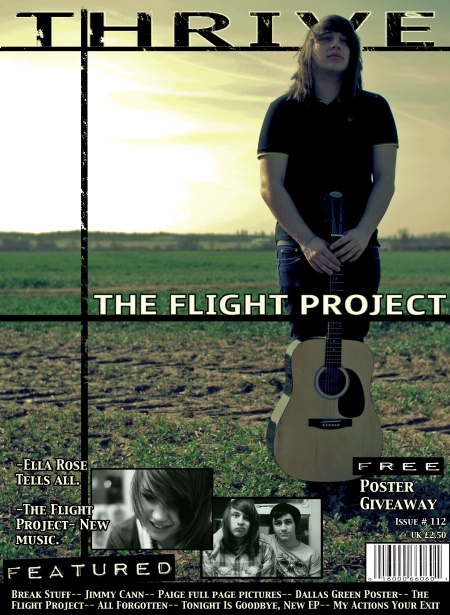Representation in teen drama’s
Skins
http://www.youtube.com/watch?v=Ho69_sCkwyI
Age is represented well in the Skins clip by the use of cross cutting between the adults in the pub and then the teenagers walking in. the camera shows what seems to be a normal average pub with young adults around their 30’s and 40’s. The camera then cross cuts to seeing the teens walking in laughing, this showing that they are kids and they are out out to have fun. The camera then cuts back to the adults with what looks like scornful looks glaring back towards the teenagers. The representation of the Adults contrasts completely with the teen agers. The teenagers are first shown to be laughing and enjoying themselves, full of confidence. Then to contrast, shown parallel to this are Adults playing pool and looking very envious of the kids and the way they act. Age is represented to be free and enjoyable in this clip, this may not be the case but this programme has decided to shown people in their teens this way. As the clip progresses We see that the representation soon changes to show them as violent and destructive. One shot that is shown frequently is the adults shot from a lower angle with the teenagers below, this creates the feel that the adults are looking down on them and as though they feel they are better then them. Another thing that’s sits in contrast with this is the music and Non- diagetic music played over the top, the music creates a very retro feel to the scene. Its more like 70’s 80’s music, this might be an atempt and showing the representations of teenagers and their tastes, the fact that we feel like we seem to be inventing everything, when really its all been done.
Sexuality Isn’t represented clearly in this clip, the costume of all the characters looks young and ‘in’. None of the characters are dressed as though they want to appear gay. One of the first shots shows the character Effy with her arm around a male, this creates the impression straight away of a close relationship as friends or partners. Freddies character is shown with a female in the toilets. This creates the representation that he straight and sexually confident with this. The location makes the characters representation look trashy and very ‘Sleazy’. The appearance of the males and females are very obvious and fairly cliché but not for this age group, You expect to see this behavior shown in older characters. The males are shown as sexually confident and very bold, cocky and arrogant. The mise en scene used when Cook lights a flare shows the lighting and colour theme as red, this can represent the character and the group as well. It shows then as passionate and violent, red has a strong connotation of violence and blood. His stance also adds to the representation of the character being cocky, he is standing on a table over people as though he feels he is on another level and better than the others. Females from the very first shot are shown as easy by the way we see Effy slumped over JJ.
Ethnicity
The Representation of the characters in terms of Ethnicity are very minimal, the majority of the characters are shown as English and slightly cockney at that. There’s one boy in the group who is from African decent and has a very strong accident. Also Freddy’s mother in the series was from Indian decent which is clear in the story. There is a diverse set of characters in the show, but in my clip none of the Ethnic representations are highlighted. One thing i did pick up on was a shot of a dark skinned male glancing over towards the group of kids, then a shot joint on after of the Character tomas who also looks as though he was from African decent. I’m not to sure whats meant to be shown or represented by this series of editing, but obviously with most media texts it is polysemic and can be read differently by different audiences. But my in opinion i see this as an attempt to create more of a racial contrast in the programme and so that we don’t focus on the
Class and Status
The class and status are shown clearly by the use of camera angels and framing. As the group of teenagers enter the pub we see a series of jump shots cutting between the group and the people in the pub. we always see the older group on in the pub looking down on and giving scornful looks towards the teenagers. the use of Low camera angles when showing the adults creates the impression of a class divide and that they are better then the teenagers. Camera angles play a key part in the representation of class and status the acting also acts key in this, the scornful looks as though they are disgraced shows a divide between the two cultures, divided by age. the editing helps create this Opinion by the way we see happy laughing kids then stern looks on on adults, the quick cuts between the 2 makes you think they have done something wrong.
Physical Appearance
Costume, hair, props.
The costume is very typical for the teenagers they are wearing hoodies with hoods up, this again creates a bad representation by what we are feed by the news papers and media. hairs long one some characters and the female are well made up with makeup. Each characters costume is designed around the character them selves. Freddy for example has the dark skin ‘topman’ cliche look to him, the long hair fringe style. this creates the ladies man impression which fits with the part were we see his with a female in the bath room making out. All the main characters are good looking and healthy, this is done to make the audience idolise the characters for looks, making people want to be or be like these characters.
Regional Identity
None represented
Disability
None shown in clip
Representation
Age
Sexuality
Ethnicity
Class and status
Physical Appearence
Regional Identity
Disability
in detail:
Camera Shots, Angle, Movement and Composition
• Shots: establishing shot,
master shot,
close-up,
mid-shot,
long shot,
wide shot,
two-shot,
aerial shot,
point of view shot,
over the shoulder shot, and variations of these.
• Angle: high angle,
low angle,
canted/dutch angle.
• Movement: pan,
tilt,
track,
dolly,
crane,
steadicam,
hand-held,
zoom,
reverse zoom.
• Composition:
framing,
rule of thirds,
depth of field –
deep and shallow focus,
focus pulls.
Editing
Includes transition of image and sound – continuity and non-continuity systems.
• Cutting: shot/reverse shot,
eyeline match,
graphic match,
action match,
jump cut,
crosscutting,
parallel editing,
cutaway;
insert.
• Other transitions,
dissolve,
fade-in,
fade-out,
wipe,
superimposition,
long take,
short take,
slow motion,
ellipsis and expansion of time,
post-production,
visual effects.
Sound
• Diegetic and non-diegetic sound; synchronous/asynchronous sound;
sound effects;
sound motif,
sound bridge,
dialogue,
voiceover,
mode of address/direct address,
sound mixing,
sound perspective.
• Soundtrack: score,
incidental music,
themes and stings,
ambient sound.
Mise-en-Scène
• Production design:
location,
studio,
set design,
costume and make-up,
properties.
• Lighting;
colour design.



 Posted by Elliott
Posted by Elliott 

















